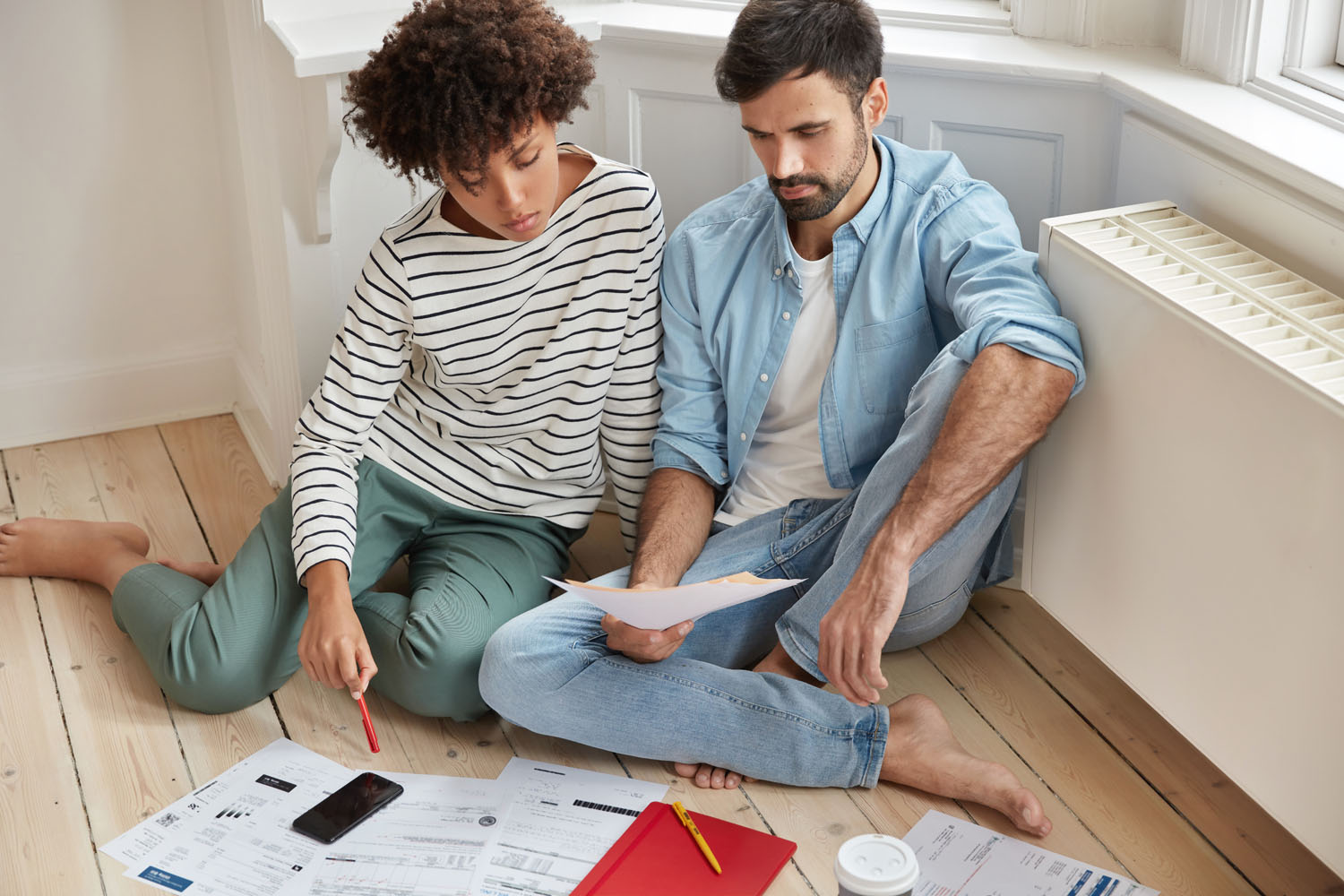Cost is often a deciding factor when choosing between gas and electric heating and cooling systems. Both have their advantages, but which one will save you more in the long run? In this article, we’ll compare the upfront costs, running costs, and long-term savings potential of gas and electric systems, helping you decide which is the more cost-effective option for your home.
3.1 Upfront Costs: Gas vs. Electric Systems
The initial cost of installing a heating and cooling system can vary depending on whether you choose gas or electric. Here’s a breakdown of the typical upfront costs:
- Gas systems: Installing a gas ducted heating system can cost anywhere from $3,000 to $8,000, depending on the size of your home and the system’s complexity.
- Electric systems: A reverse cycle air conditioner (heat pump) typically costs between $2,000 and $6,000 to install, depending on the size and number of units required. A ducted reverse cycle system may cost between $8,000 and $15,000.
While gas systems may seem more affordable for central heating, electric heat pumps often provide both heating and cooling, which can save you money on installing separate systems.
3.2 Running Costs: Which is Cheaper?
Running costs are where the real differences between gas and electric systems become apparent. The cost of heating your home depends on the efficiency of the system and the cost of energy (natural gas or electricity).
- Gas running costs: Natural gas is generally cheaper than electricity per unit of energy, making gas heating systems more affordable to run in some cases. However, gas prices are subject to fluctuation, and inefficiencies in older systems can drive up costs.
- Electric running costs: While electricity tends to be more expensive per unit, electric heat pumps are far more efficient. For every unit of electricity, heat pumps can produce three to four units of heat, significantly reducing the amount of energy needed to heat your home.
Cost breakdown:
- For a medium-sized home, running a gas ducted system for heating costs approximately $800 – $1,200 per year.
- Running a reverse cycle air conditioner for heating and cooling typically costs around $500 – $900 per year, depending on how much the system is used.
3.3 Long-Term Savings
In the long run, electric heating systems, especially heat pumps, can offer greater savings due to their high efficiency. While gas may be cheaper per unit of energy, the lower running costs of electric systems can offset the higher upfront investment over time.
- Heat pump systems: The efficiency of heat pumps can lead to long-term savings, especially when paired with solar panels. Homeowners can reduce or eliminate their electricity bills by using renewable energy to power their heat pumps.
- Gas systems: While gas may offer lower running costs in the short term, it’s worth noting that gas prices have been increasing, and there’s a growing shift away from gas to more sustainable options.
Conclusion
While gas systems may have lower upfront costs and running costs in some cases, electric heating systems, particularly heat pumps, offer better long-term savings due to their high efficiency. If you’re looking to save money in the long run, investing in a heat pump system, especially when paired with solar, can provide significant cost benefits.







